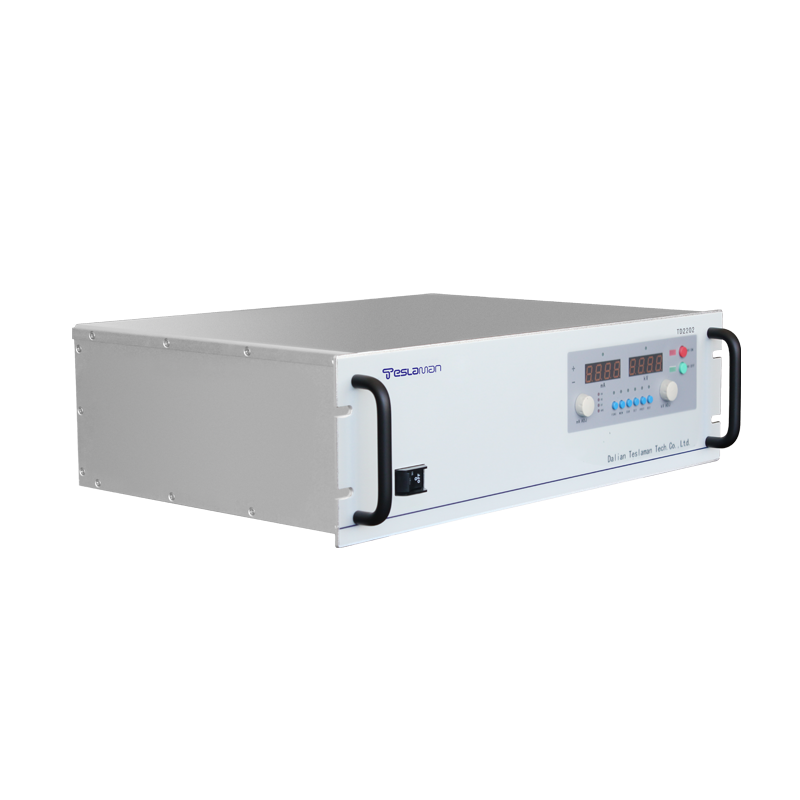X-ray fluorescence detection of cadmium in rice powered by high-voltage supply improves food safety
With the improvement of people's living standards, the requirements for food safety are also increasing. However, the problem of excessive cadmium in rice still exists, affecting the health of consumers. In order to effectively detect the cadmium content in rice, researchers have adopted high-voltage powered X-ray fluorescence detection technology. This technology not only has high detection sensitivity and good accuracy, but also has simple and easy operation.
X-ray fluorescence technology uses powerful X-rays generated by high-voltage power supplies to excite cadmium atoms in rice samples. When the excited cadmium atoms return to their ground state, they emit fluorescence at specific wavelengths. By analyzing and detecting the intensity of this fluorescence signal, the cadmium content in the sample can be accurately calculated.
Compared with traditional chemical analysis methods, X-ray fluorescence technology has obvious advantages. It does not require complicated pretreatment, has fast detection speed, and only takes a few minutes for one sample. This type of instrument is often compact in structure and easy to carry. More importantly, it can directly detect the whole rice grains, avoiding the disadvantage of traditional methods which require destroying the samples.
The high-voltage power supply plays an important role in this technology. It outputs stable high voltage to provide a stable power supply for the X-ray tube. Different cadmium contents require excitation sources of different intensities, so the stability of the high-voltage power supply directly affects the accuracy of the detection. In addition, the high-voltage power supply also needs to achieve miniaturization and energy saving, which is very beneficial for the mobile use and application promotion of the instrument.
Using X-ray fluorescence technology and high-voltage power supply, researchers have developed portable rapid cadmium detection meters. Such instruments have simple operation and can directly conduct rapid screening of rice raw materials in fields. If problems are found, they can be dealt with immediately to prevent substandard rice from entering the market. The application of such high-tech means will effectively improve the quality control level of rice products and ensure food safety for consumers.




















